HOW A FEW LETTERS FROM THE 1940S INVITED TODAY'S FANS INTO A TERRIFYING NIGHTMARE
Sure, Call of Duty: WWII pits the Allied against the Axis, but the game’s Zombies Mode also pits the living against the undead.
As a fan-favorite component of any Call of Duty, we knew we had to bring the zombies to life with a reveal that felt as tailored to core fans as anything else in the broader campaign.
What we did next unfolded over four stages across both physical and digital relics, ultimately leaving influencers shook and mass fans worldwide wanting — and culminating as the most successful Zombies campaign in Call of Duty history.
Call of Duty’s Zombies Mode is a phenomenon that renews year in, year out, but with the franchise returning to WWII, the brand and development teams wanted Armed Mind to do something super special for a core fanbase who’d been waiting for a return to the brand’s roots.
Besides the hordes of undead, we had a few other challenges:
- 1) WWII boasted a completely new Zombies storyline, with new characters, settings, and lore
- 2) Our influencer strategy need to generate coverage, but also broaden out
The resulting campaign began with bona fide physical relics that we crafted, as if from the 1940s — secret letters, stolen research documents, vintage photos, ripped out pages from books. Sent directly to influencers as if plucked from history, we let the community’s ambassadors “unbox” each stage of the campaign, sharing each exclusive asset and publishing the hidden codes we embedded within each on their own channels.
Armed with our influencers’ codes, fans worldwide entered our sister site experience, which unlocked parallel content streams and yet more Zombies content, lore, and assets.
Together, the influencer content and site formed a narrative that followed two siblings over multiple years and ultimately established prequel lore for Zombies WWII across 22 pieces of creative, each of which was amplified widely by influencers, press, and social.
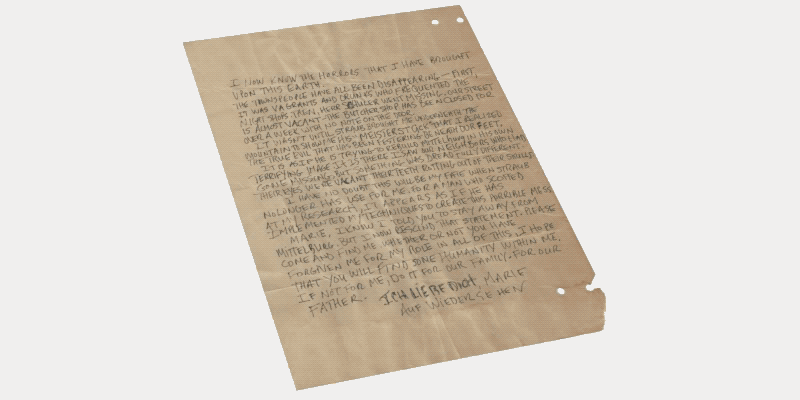
8 STAGES. 22 ASSETS
In total, the campaign sent out 4 unique mailers to different influencers worldwide, from which an additional 4 campaign beats “unlocked” via cyphers on the decoder site. Through 22 assets that included time-worn envelopes, handwritten letters, art rubbings, vintage photographs, zombie medical sketches, and more, we were able to tease, misdirect, and set the stage for Call of Duty’s most ambitious Zombie experience to date.
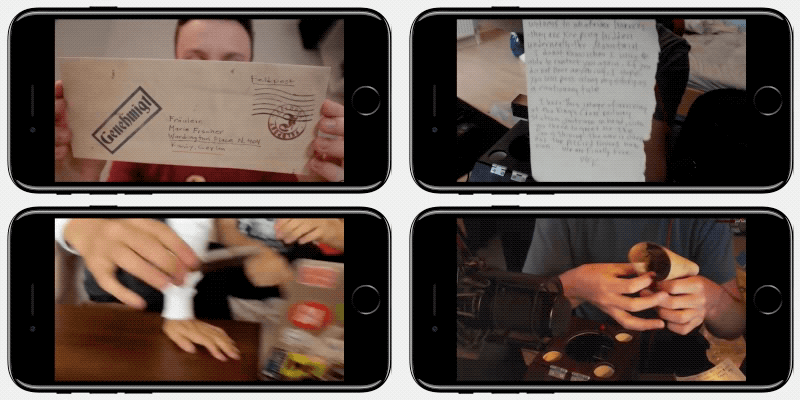
INFLUENCER-LED. COMMUNITY-CELEBRATED.
By encouraging each influencer to open, experience, and solve each letter for their audience, we turned each batch of content into an experience and allowed the community to interact with their influencers as they debated details, guessed at plot points, and solved for the cypher code together.
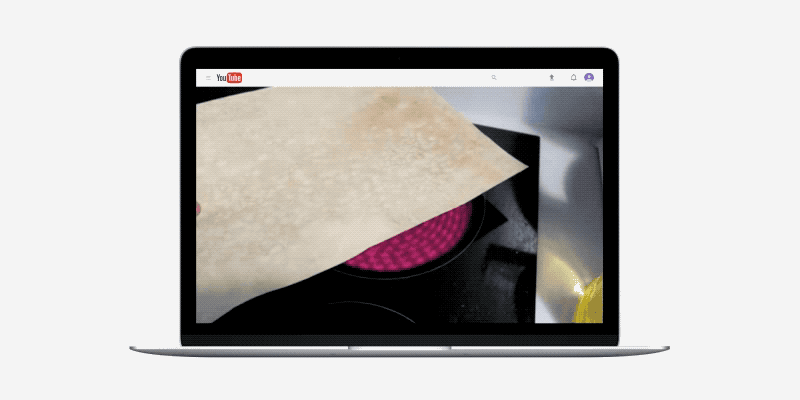
SECRET CYPHER CODES
Each letter we sent to influencers held a secret cypher code that unlocked the next stage of the campaign. To access this embedded content, fans had to solve for clues that confirmed they had to ‘heat’ the letters to reveal the cypher. In the early 20th century, German forces encrypted secrets to one another using lemon juice — we reemployed the same technique used by these spies, painting cypher codes in lemon juice, which influencers unlocked live on their broadcasts.
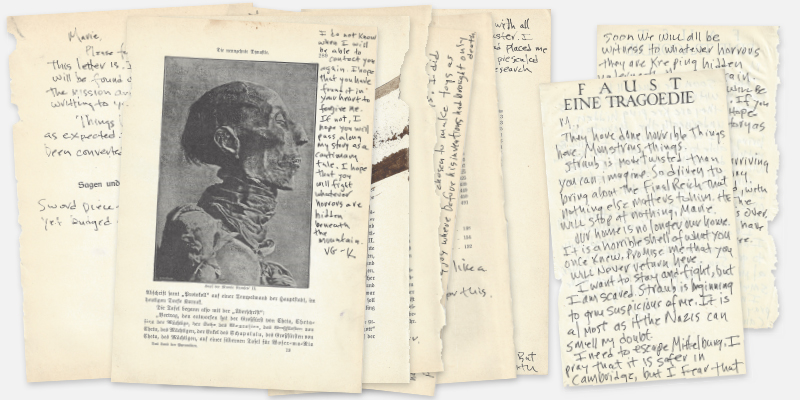
RIPPED FROM HISTORY
In our narrative, a brother and sister communicate via letters…until Nazi leadership gets suspicious. At this point, the brother pens letters in secret, writing on whatever paper he can steal. We sourced actual vintage German books printed in the 1940s that he’d write on, including Goethe’s “Faust” and a German reference book on the Egyptian pyramids, which misdirected online conspiracy theorists.
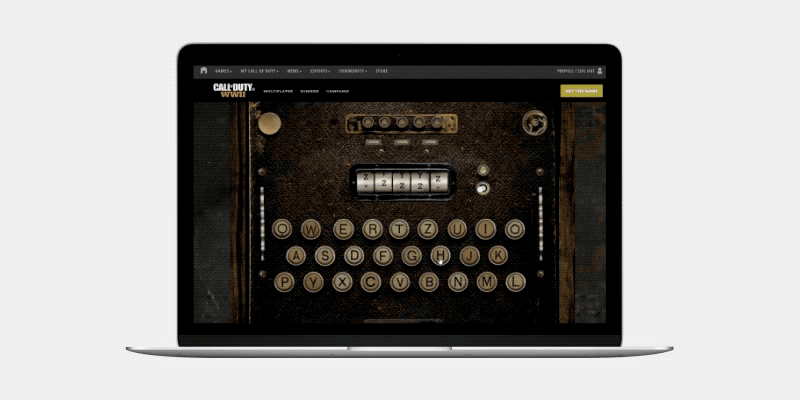
UNLOCKED JOURNAL ENTRIES
Armed with the lemon code cyphers, fans ‘unlocked’ accompanying content streams on a special decoder site. There, they could read the sister’s diary entry responses to her brother’s increasingly frantic letters, and her plans to help him — setting the stage for the entire Zombies mode to come. These journal page scans tied to the physical letters by showing the influencers’ letters tucked into its pages.
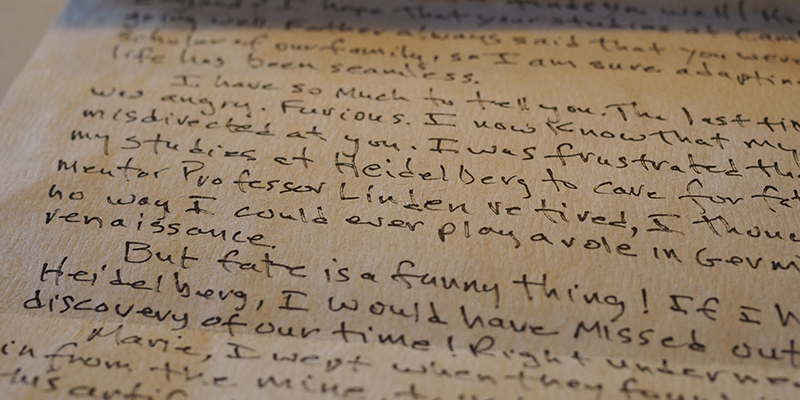
REAL RELICS FROM WWII
The goal: each package had to feel like it traveled through time to our influencers. To do this, the Armed Mind team ensured every asset in the campaign was painstakingly authentic to the 1940s. Our paper stock was bona fide 70+ year old parchment, our ink was the same type of oak gall ink a German soldier in 1941 would have used, and each page was hand-written with an authentic fountain pen. From there, each page was aged, rubbed in dirt, and distressed until it felt plucked from another era.
THE FIRST INFLUENCER-LED ZOMBIE REVEAL IN CALL OF DUTY HISTORY.
Seeding physical narrative relics to influencers not only unlocked the floodgates of a digital content campaign, but also set the tone for Call of Duty: WWII’s entire Zombies marketing campaign, leading to record buzz — and record-breaking sell-through.
- 1.2 MILLION DIRECT VIDEO VIEWS
- #2 MOST PRE-ORDERED VIDEO GAME OF THE YEAR






